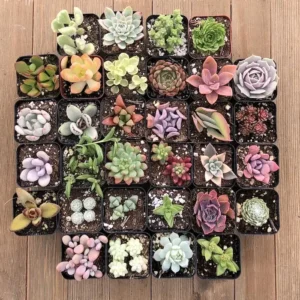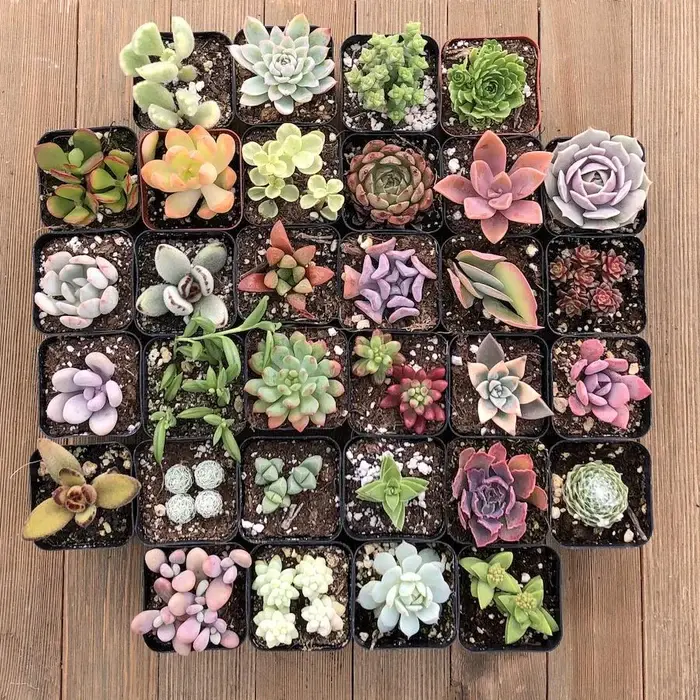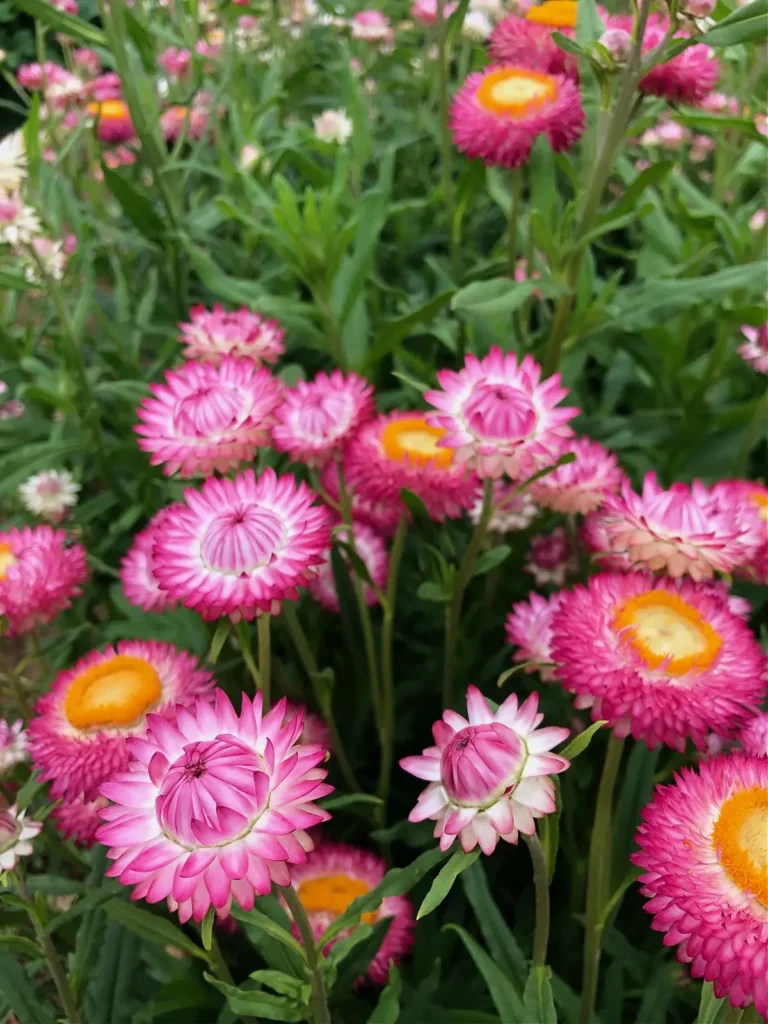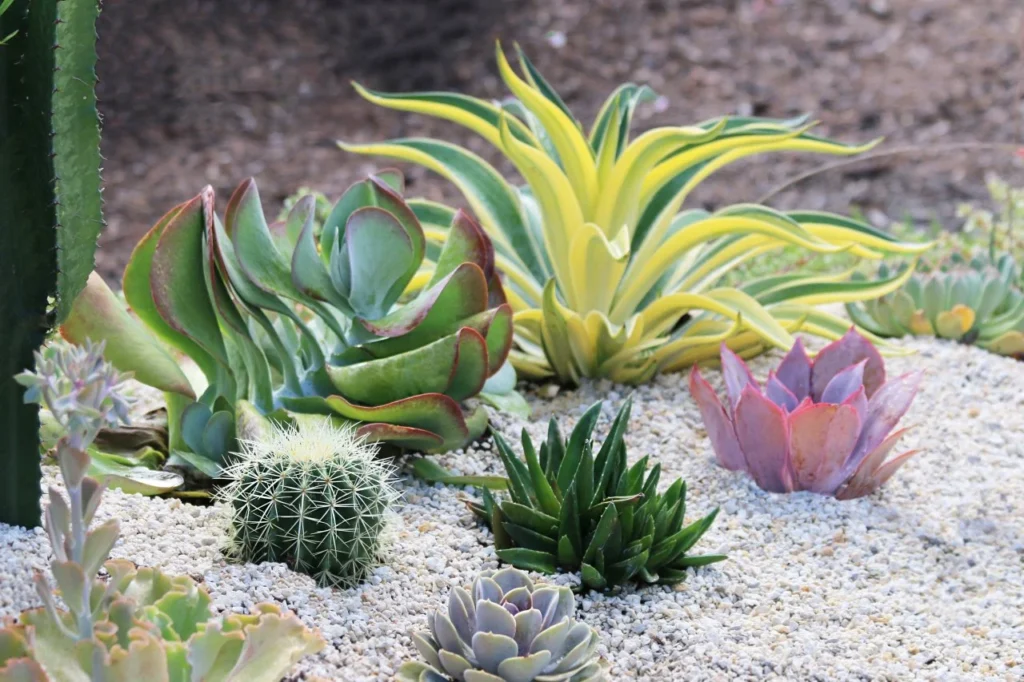Succulent Plants: The Ultimate Guide to Thriving in Dry Conditions
Succulent plants, with their thick, fleshy leaves and unique forms, have captivated plant enthusiasts worldwide. Renowned for their drought tolerance and low-maintenance nature, these botanical marvels are a perfect choice for both novice and experienced gardeners. From vibrant rosettes to trailing stems, the diversity within the succulent family is astounding, offering an array of shapes, colors, and textures to enhance any indoor or outdoor space. This comprehensive guide will delve into the fascinating world of succulents, exploring their characteristics, care requirements, popular varieties, and how to ensure their continued health and vibrancy.
What Makes a Plant a Succulent?
The defining characteristic of succulents is their ability to store water in specialized tissues, typically in their leaves, stems, or roots. This adaptation allows them to survive and thrive in arid environments with infrequent rainfall. Unlike typical houseplants that demand consistent watering, succulents have evolved to be highly efficient in water conservation. This unique trait is what makes them so forgiving for busy or forgetful plant parents.
Beyond water storage, succulents often display a range of fascinating adaptations. Many have a waxy coating or fine hairs on their leaves, which further reduce water loss through transpiration. Their shallow root systems are designed to quickly absorb moisture from light rains or even dew, making the most of scarce water resources. These evolutionary advantages contribute to their resilience and distinctive aesthetic appeal.
Essential Succulent Care: The Cornerstones of Success
While succulents are generally low-maintenance, providing them with the right conditions is crucial for their long-term health. Understanding their basic needs in terms of light, water, soil, and temperature will ensure your succulents flourish.
1. Light: The Sun’s Embrace
Light is paramount for succulents. Most varieties thrive in bright, direct sunlight for at least 4-6 hours a day. South-facing windows are ideal for indoor succulents, while outdoor plants generally benefit from morning sun and some afternoon shade, especially in hotter climates. Insufficient light can lead to “etiolation,” a condition where succulents stretch and become leggy as they search for light, losing their compact form and vibrant color. If you notice your succulent stretching or becoming paler, it’s a clear sign it needs more light. Conversely, too much intense, direct sun can cause sunburn, appearing as brown or beige patches on the leaves. Observing your plant’s response to its environment is key to finding the perfect light balance. For more in-depth information on light requirements, consider consulting reliable resources like this guide on succulent light needs: https://www.gardeningknowhow.com/houseplants/succulents/succulent-light-needs.htm.
2. Watering: Less is More
Overwatering is the most common killer of succulents. Because they store water, they do not need frequent watering. The “soak and dry” method is universally recommended: water thoroughly until water drains from the bottom of the pot, then allow the soil to dry out1 completely before watering again. The frequency will vary depending on the season, humidity, and type of succulent. During their active growing season (spring and summer), they may need watering every 1-3 weeks. In their dormant period (fall and winter), watering should be significantly reduced, sometimes to once a month or even less.
Signs of overwatering include soft, mushy, or discolored leaves, often turning yellow or black. Underwatered succulents, on the other hand, might have wrinkled, shriveled, or dry leaves. It’s always better to underwater than to overwater. Remember to check the soil moisture by inserting your finger about an inch or two into the soil; if it feels dry, it’s time for a drink. For a detailed guide on watering techniques, this article on how often to water succulents offers valuable insights: https://www.gardenia.net/guide/how-often-to-water-succulents-indoors-outdoors.
3. Soil and Drainage: The Foundation of Health
The right soil mix is critical for succulent health. Standard potting soil retains too much moisture and can lead to root rot. Succulents require a well-draining, gritty soil mix that allows water to pass through quickly. A specialized cactus or succulent potting mix is ideal. You can also create your own by mixing regular potting soil with inorganic materials like perlite, pumice, coarse sand, or small gravel in a ratio of about 1 part organic material to 2 parts inorganic material.
Crucially, always plant succulents in containers with drainage holes. Without proper drainage, excess water will sit at the bottom of the pot, suffocating the roots and causing rot. Terra cotta pots are often preferred due to their porous nature, which allows for better air circulation and faster evaporation of moisture. Explore more about ideal succulent soil compositions here: https://mountaincrestgardens.com/blog/succulent-soil-the-ultimate-guide/.
4. Temperature and Air Circulation
Most succulents prefer moderate temperatures, generally between 60°F and 90°F (15°C and 32°C). While many can tolerate higher temperatures, they are susceptible to freezing temperatures, which can cause significant damage or even death. If growing outdoors in cold climates, consider bringing them indoors during winter. Good air circulation is also important, as it helps dry out the soil and prevents fungal issues.
Popular Succulent Varieties for Every Gardener
The world of succulents is vast and diverse, offering options for every taste and skill level. Here are some popular and beginner-friendly varieties:
- Echeveria: Known for their stunning rosette shapes and vibrant colors, Echeverias are a favorite among succulent enthusiasts. They come in various sizes and hues, from soft blues and greens to fiery reds and purples.
- Jade Plant (Crassula ovata): A classic and resilient succulent, the Jade plant features thick, woody stems and glossy, oval-shaped leaves. It can grow into a small tree-like form over time and is considered a symbol of good luck.
- Aloe Vera: More than just a decorative plant, Aloe Vera is famous for its medicinal properties. Its thick, fleshy leaves contain a gel used to soothe burns and skin irritations. It’s easy to grow and readily produces “pups” (offsets) for propagation.
- Snake Plant (Sansevieria trifasciata): Exceptionally hardy and known for its upright, sword-like leaves, the Snake Plant is incredibly tolerant of neglect and low light conditions, making it an excellent choice for beginners.
- Haworthia: Often mistaken for Aloe, Haworthia plants are typically smaller with distinctive, often textured leaves. Varieties like Haworthia zebra (with white stripes) are popular for their unique appearance and tolerance for lower light than many other succulents.
- Burro’s Tail (Sedum morganianum): This trailing succulent is perfect for hanging baskets, with long stems densely covered in plump, bead-like leaves that cascade downwards. It adds a whimsical touch to any display.
- Sempervivum (Hens and Chicks): These cold-hardy succulents form tight rosettes and produce numerous small offsets (“chicks”) around the mother plant (“hen”). They are ideal for outdoor rock gardens or containers and can withstand freezing temperatures.
Propagation: Growing Your Collection
One of the most rewarding aspects of succulent ownership is propagation. Most succulents can be easily propagated from leaf or stem cuttings, allowing you to multiply your collection or share with friends. Simply take a healthy leaf or stem cutting, allow it to “callus over” (dry and form a scab) for a few days to a week, then place it on well-draining soil. Roots and new plantlets will eventually emerge. This process is a testament to the remarkable resilience and life force of these plants.
Common Issues and Troubleshooting
While succulents are relatively trouble-free, a few common issues can arise:
- Root Rot: Almost always caused by overwatering or poor drainage. The solution is to remove the plant from the wet soil, trim any rotted roots, allow the plant to dry out for a few days, and then repot in fresh, well-draining soil.
- Etiolation (Stretching): Indicates insufficient light. Move the succulent to a brighter location. The stretched growth won’t revert, but new growth will be compact. You can prune the stretched parts and propagate the cuttings.
- Pests: Mealybugs and aphids can sometimes infest succulents. Isolate the affected plant and treat with rubbing alcohol (diluted or undiluted, applied with a cotton swab) or an insecticidal soap.
- Sunburn: Brown or bleached patches on leaves. Move the plant to a spot with slightly less intense direct sun, especially during the hottest parts of the day.
The Beauty of Succulents: A Lifelong Fascination
Succulent plants offer a unique blend of aesthetic appeal, adaptability, and ease of care. Their diverse forms and vibrant colors make them versatile additions to any home or garden, from minimalist modern decor to rustic outdoor landscapes. By understanding their basic needs for ample light, infrequent watering, and well-draining soil, you can cultivate a thriving collection that brings natural beauty and tranquility to your environment. Embrace the joy of succulent gardening, and watch these resilient beauties flourish.

Check out our latest posts !



Pingback: 7 Incredible Ways Desert Plants Thrive in Arid Conditions